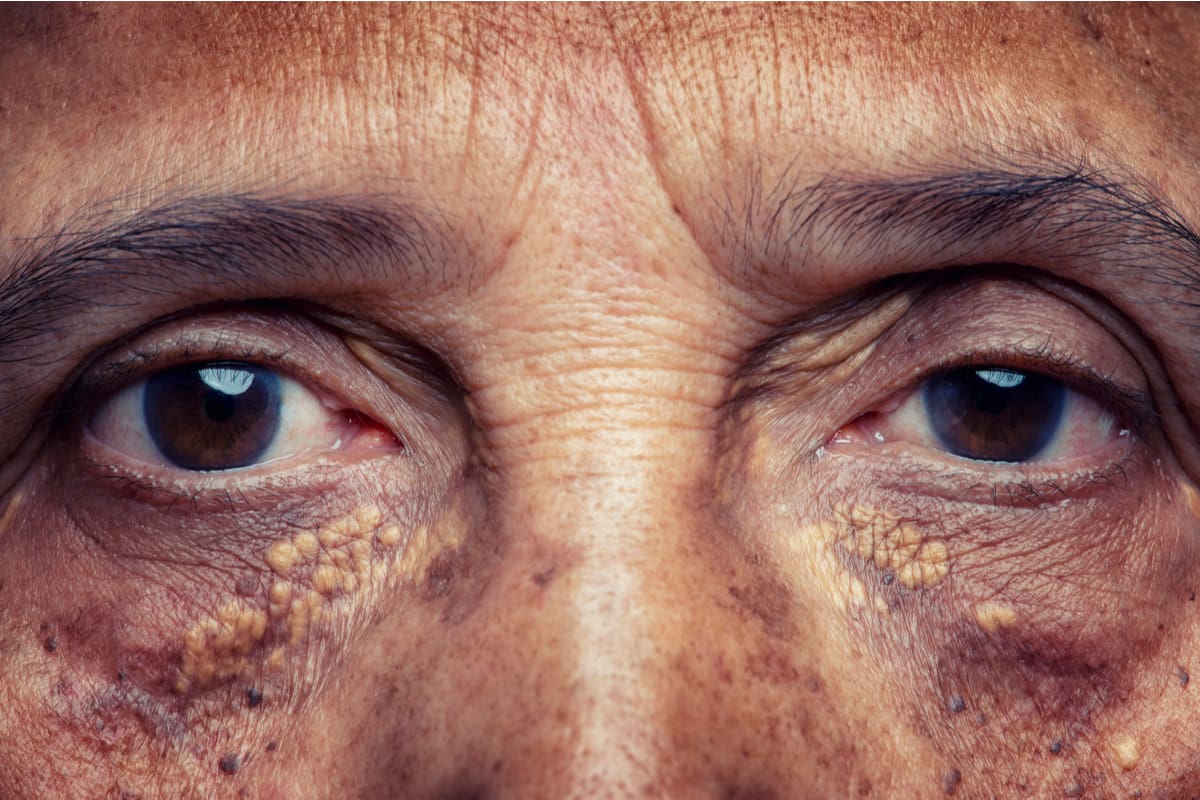A waxy, fat-like molecule, cholesterol is frequently present in meals derived from animals, such as meat, milk, and eggs. Although it may not seem like much, cholesterol is a vital health indicator that is involved in several essential body processes.
To create new cells, synthesize certain vitamins, and create certain hormones, your body requires cholesterol. Bile production is another process that uses it.
On the other hand, excessive cholesterol can raise your risk of developing major health problems. We’ve prepared a detailed article regarding the causes of high cholesterol if that’s of interest. For now though, continue reading to find out more about high cholesterol, symptoms to watch out for, and whether being tested for cholesterol is a smart idea.
Understanding High Cholesterol
Lipoprotein is a class of protein that carries cholesterol through the bloodstream. There are two types of cholesterol depending on the lipoprotein that carries it. The majority of the cholesterol in your body is found in low-density lipoproteins, or LDLs. It is frequently referred to as the “bad” cholesterol as excessive levels of it can exacerbate the buildup of plaque in your arteries. Your risk of peripheral artery disease, heart attack, and stroke may rise as a result.
LDL cholesterol is taken up by high-density lipoprotein (HDL) cholesterol and sent to the liver. The LDL is broken down by the liver and eliminated from the body. HDL is regarded as the “good” cholesterol because of this.
The Role of Triglycerides
The most prevalent kind of fat in the human body is triglycerides. Triglycerides are essentially the storage form for extra calories that are consumed in excess of energy used. Your body uses your triglycerides as fuel when it needs more energy in between meals.
Triglycerides complicate the problem of cholesterol even further. Elevated levels of low-density lipoprotein (LDL) cholesterol and high triglycerides are major concerns as they significantly escalate the likelihood of heart attacks, strokes, and other cardiovascular problems.
Symptoms of Coronary Artery Disease
Coronary artery disease is one of the main problems that can come from plaque buildup caused by a high blood cholesterol level. It is the most common form of heart disease in the United States, and it is sometimes referred to as coronary heart disease or ischemic heart disease.
The most common symptom of coronary artery disease is angina or chest pain. This pain results from the narrowed arteries, which prevent blood flow to the heart muscle.
For many, the first sign of coronary artery disease is a heart attack, medically known as a myocardial infarction. This occurs when part of the heart doesn’t receive enough blood. The symptoms of a heart attack can vary, but they typically include :
Chest pain or discomfort felt in the center or left side of the chest (pain can resemble uncomfortable squeezing, fullness, or pressure that lasts for more than a few minutes or comes and goes)
Feeling light-headed, faint, or weak
Pain or discomfort in the arms
Pain or discomfort in the jaw, back, or neck
Shortness of breath
Nausea or vomiting
Over time, coronary artery disease can significantly weaken the heart, resulting in heart failure. Heart failure is a condition that impairs the heart’s ability to pump blood properly.
Preventing High Cholesterol
Your doctor can provide medication to reduce your LDL cholesterol levels. Statins are the most common drug prescribed for high blood cholesterol levels. If you have a high risk of heart attack because of cardiac risk factors, your healthcare provider may actually prescribe this type of cholesterol-lowering medication regardless of your total cholesterol levels.
Lifestyle changes can also go a long way to reducing your excess cholesterol and even potentially reversing the formation of existing plaques in the arteries.
Exercise
Exercise is one of the best ways to keep your cholesterol levels balanced. Aerobic activity is known to increase your HDL levels while promoting numerous other markers of good health, including low blood pressure and reduced blood sugar levels. Just 60 minutes of moderate-intensity exercise per week is enough to have significant effects on your cholesterol.
There is no set amount of physical activity that you should do, but most experts recommend up to 150 minutes of moderate exercise per week, or about 30 minutes of exercise on most days of the week. Find something that will increase your heart rate and that is easy to sustain.
Watch Your Diet
So, what exactly is a low cholesterol diet? For starters, the two most prominent diet components that can increase cholesterol are trans fats and saturated fats. Trans fats can increase LDL cholesterol while reducing HDL cholesterol. They are commonly found in foods such as fried foods, baked goods, and shortening. Trans fats appear to have no known health benefit, and they are considered so unhealthy that the FDA prohibits food manufacturers from adding artificial trans fats to foods and drinks.
Saturated fats are naturally found in animal-based foods, like meats and dairy products. Experts recommend limiting your saturated fat consumption to just 5 to 6% of your total daily calorie intake.
Your diet should mostly comprise fruits and vegetables, along with lean sources of protein, whole grains, and plenty of water. The amount of cholesterol in eggs is also something to consider. Consult your doctor for more personalized healthy diet information.
Quit Smoking
Smoking can lower your HDL cholesterol levels and increase your LDL cholesterol. Smoking can also cause damage to the walls of your blood vessels. This makes them more prone to developing fatty deposits and plaques. Smoking also causes permanent damage to the heart and blood vessels.
High cholesterol doesn’t show any signs or symptoms until it’s too late, which is why you should consider getting your cholesterol levels tested to find out for sure. Everlywell provides an at-home cholesterol and lipids test to help you determine your cholesterol (both HDL and LDL) and triglyceride levels.

